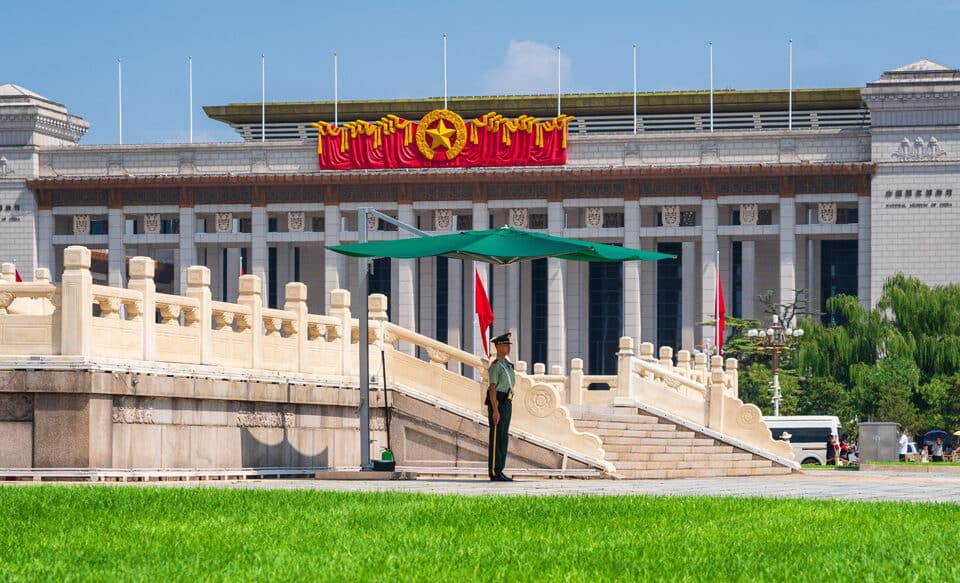COP30 concludes in Belém, Brazil this week having generated several sensational headlines. For the first time in history, the US was unrepresented by an official delegation. Some countries were priced out of attendance by rooms costing over US$1,000 a night.
- All
- AI and Emerging Technology Integration
- Aviation
- Capital Markets
- Company News
- Consumer Brands
- Content Strategy
- Corporate Communications
- Crisis and Issues Communications Management
- Digital Communications
- Education
- Energy and Environment
- Environmental, Social and Governance (ESG)
- Financial
- Government and Public affairs
- Health
- International media
- Media Relations
- Multimedia Design and Production
- Primary Industries
- Professional Services
- Property and Infrastructure
- Public Relations
- Research
- Strategy
- Technology
- Travel and Hospitality
COP30 concludes in Belém, Brazil this week having generated several sensational headlines. For the first time in history, the US was unrepresented by an official delegation. Some countries were priced out of attendance by rooms costing over US$1,000 a night.
Private markets are no longer the exclusive playground of institutions and the ultra-wealthy. Once tightly held territory has begun to open with increasing momentum. Across asset classes, new sources of capital flows are expanding as high-net-worth individuals, digital wealth platforms, and retail investors step more meaningfully into the fold.
Private markets are no longer the exclusive playground of institutions and the ultra-wealthy. Once tightly held territory has begun to open with increasing momentum. Across asset classes, new sources of capital flows are expanding as high-net-worth individuals, digital wealth platforms, and retail investors step more meaningfully into the fold.
Private markets are no longer the exclusive playground of institutions and the ultra-wealthy. Once tightly held territory has begun to open with increasing momentum. Across asset classes, new sources of capital flows are expanding as high-net-worth individuals, digital wealth platforms, and retail investors step more meaningfully into the fold.
Private markets are no longer the exclusive playground of institutions and the ultra-wealthy. Once tightly held territory has begun to open with increasing momentum. Across asset classes, new sources of capital flows are expanding as high-net-worth individuals, digital wealth platforms, and retail investors step more meaningfully into the fold.







